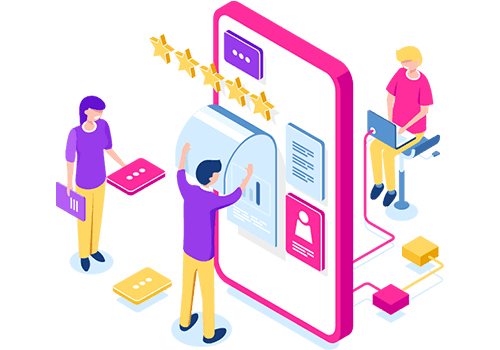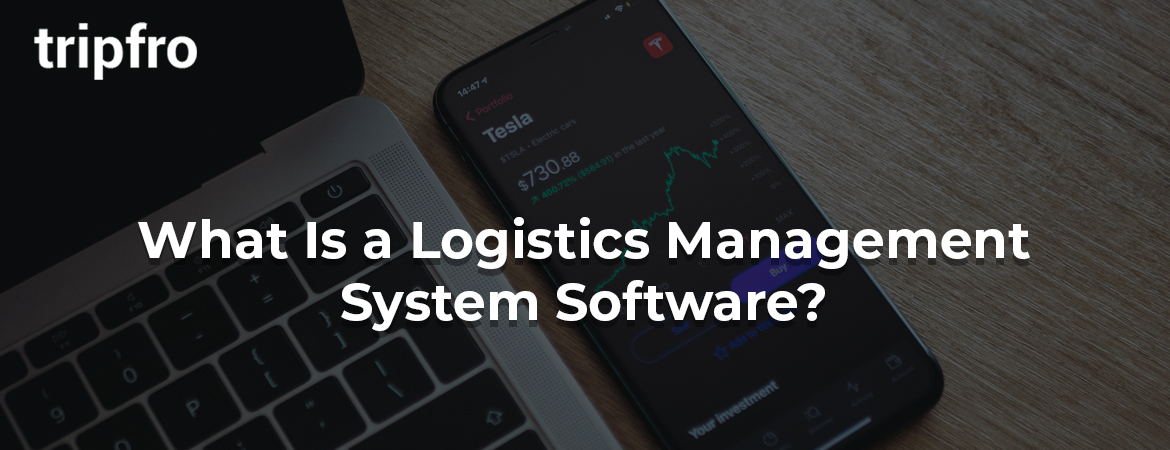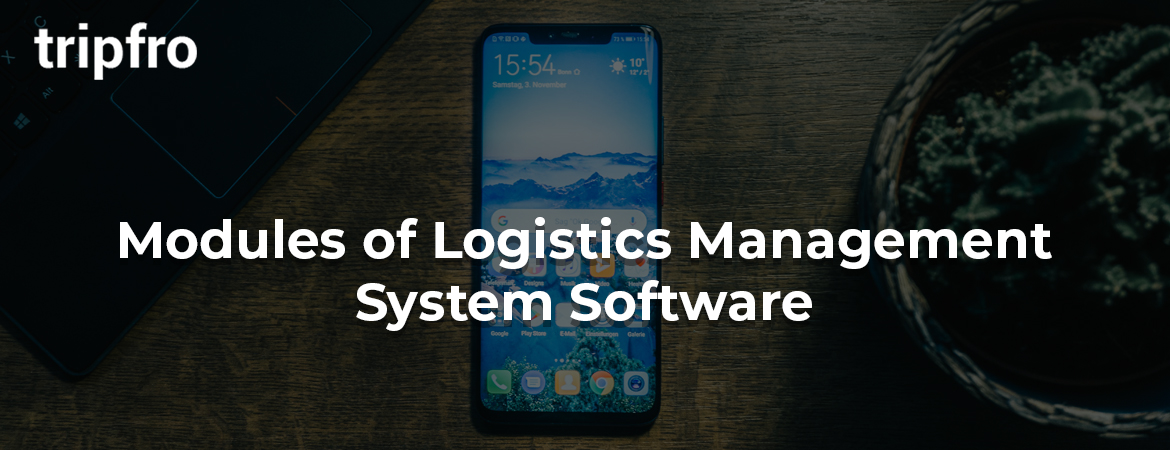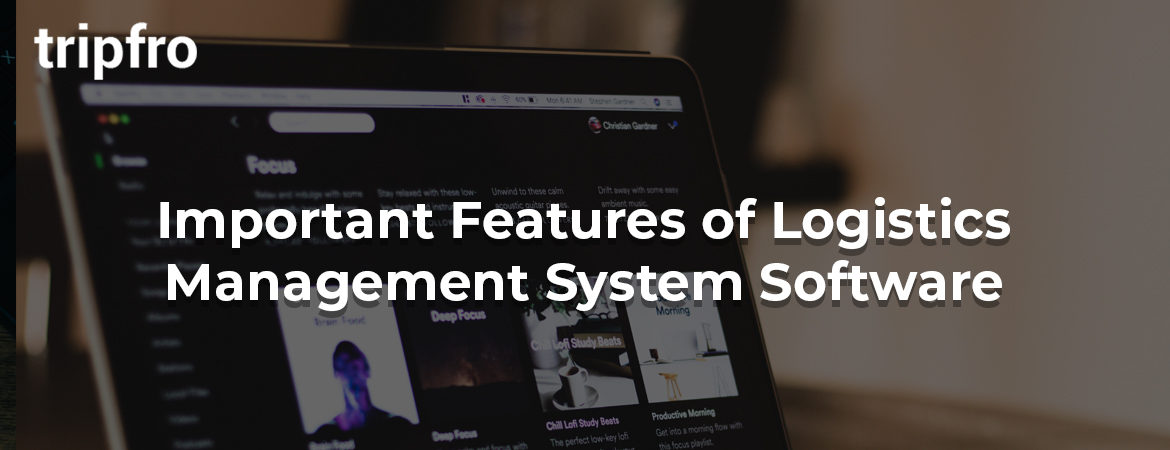Clients and Partners
Trusted by 1000+ companies around the world
Trusted by 1000+ companies around the world

Our service never stops with the sales of our softwares or API Solutions. It goes on in the form of after-sales service since we understand that our products are designed to satisfy your requirements for many years to come.We’ve an established and efficient system in place to deal with all of your after sale support needs.




Every project we take on starts with the aim of being our 'best yet', so you can be assured that our attention to detail and high quality work is present in every job we craft. We want our customers to be as excited and proud of the end product as we are, and we strive towards that goal every day.


Whatever your Business requirement, Tripfro offers completely managed best fit travel technology solution.

 Configure credit limit and deposits
Configure credit limit and deposits Multilingual travel websites
Multilingual travel websites Add offline travel bookings
Add offline travel bookings Distribute white labels
Distribute white labels Dynamic fare caching
Dynamic fare caching Commissions and markup control
Commissions and markup control Advanced Reports
Advanced Reports Manage multiple branches
Manage multiple branches Sub Agents can create and manage multiple branches and users
Sub Agents can create and manage multiple branches and users Optional cross selling platform
Optional cross selling platform SMS gateway
SMS gateway Multi currency transactions for agents and suppliers
Multi currency transactions for agents and suppliers Business intelligence reports
Business intelligence reports Online travel booking engine
Online travel booking engine Multiple sales channels - B2B, B2B2B, B2B2C
Multiple sales channels - B2B, B2B2B, B2B2C Centralised mid-office
Centralised mid-office Ability to connect multiple GDS, LCC, and third party APIs
Ability to connect multiple GDS, LCC, and third party APIs Complete Reservation Management
Complete Reservation Management Travel Agent Management
Travel Agent Management Transactional Accounting
Transactional Accounting Accounting System Integration
Accounting System Integration Comprehensive system to manage rates, discounts and allocation
Comprehensive system to manage rates, discounts and allocation Payment Gateway Integration
Payment Gateway Integration Multiple Supplier APIs
Multiple Supplier APIs Add direct contracts
Add direct contracts Redistribution API
Redistribution API

What Is a Logistics Management System Software?
A logistics management system is a combination of software tools that optimize business processes from beginning to end. It will also give you better visibility into your supply chain, help you cut costs, and streamline your logistics strategy.
Logistics management system software will benefit your business by giving your customer quick, quality, accurate service, which will improve your customers’ experience.
A logistics management system will help increase efficiency in processing orders, managing inventory, transporting orders to customers, and returning orders if necessary.
How to Develop Logistics Software for Successful Transportation Management
TripFro is a cloud-based logistics and transport management software for freight forwarders, fleet operators importers and exporters which also includes a web-based customs declaration feature.
Our systems help empower companies with detailed activity reports for the much-needed visibility and insights needed to optimize resources and functions. With our products, enterprises can take advantage of a niche offering that addresses the different problems in the logistics segment.
Our logistics software solution allows your business to handle the unique demands of a nationwide delivery management process. We provide seamless and bespoke logistics and transport management solutions for the unique needs of businesses with a flat and affordable pricing model.
Our management systems specialized toward transport are offered as integrated smart platforms engineered to provide an end-to-end comprehensive business solution for 3PLs, freight forwarders, contract logistics, project cargo, e-commerce logistics, reefer logistics, and parcel/express service providers.
We’ve designed a complete delivery management system featuring powerful delivery and freight logistics software, capable of handling even the most congested order and fulfillment queues.
We are powered by our expertise in providing enterprise software solutions covering CRM, hub management, transport management, warehouse management, fleet management, rating & billing, and facility management. Our Logistics Software, as a single integrated system, can provide end-to-end visibility and control over operations.
With our transport management software solutions, managers can benefit from a visual dashboard of logistics operations on maps in real-time. This can immensely benefit logistics service providers in the planning, execution, and delivery.
By partnering with an enterprise, we also offer specialized functions as a part of our transport management software. This ensures that our software solutions meet enterprise requirements. A technology partnership with us can reign in new insights in the movement of transport, leading to more innovation in your operations and functioning.
Uplift and Streamline Your Logistics With Transport Management System Software
Planning & Optimization
Mobility
Multi-faceted visibility
Integrations
Location & Navigation Intelligence
Capacity Acquisition
Modules of Logistics Management System Software

1. Last Mile Operations
2. Warehouse Management
A warehouse management system entails the process of keeping and automating all the warehouse operations through logistics software. It includes all the activities of the supply chain such as the collection of goods, preservation, transportation, and tracking of items during delivery.
Logistics management software is responsible for managing and monitoring movement of items from the warehouse to the customers in perfect condition.
3. Returns Management
4. Transportation Management
5. Customer Service Management
Steps to Build Logistics Management System Software
The TMS market offers hundreds of ready-made solutions you can buy, deploy, and instantly use. Still, they are not universal, and most companies require customization to tailor a system in accordance with their unique needs and operations. Here is a strategy on how to develop custom logistics software.
1. Choose a Provider
The first step of strategic importance is to choose a reliable provider. When comparing different offerings, pay attention to the following services a vendor should provide:
Open architecture design, so it would be easy to implement new features and adopt new technologies.
Integration with multiple services enables you to utilize the full potential of a platform.
Scalability to meet the increasing demand as your company grows.
Security levels to protect critical data from breaches.
These criteria are universal but not the only ones you should consider. Other choice criteria should be based on the unique company’s needs.
2. Choose Between Cloud and On-Premises Deployment
Cloud-based transportation management systems do not need additional hardware and, in this case, the initial cost is much lower. Another big advantage is that all participants in the transportation process have fast and easy access to the system from any geographic location.
Logistics automation systems can be divided into two categories: on-premises and cloud-based. Software installation on local services requires significant financial investments, but many large manufacturing and distribution companies still prefer this type of hosting because of the security requirements and necessity to control servers on a daily basis.
Again, the choice will depend on the performance needs of your organization.
3. Decide on Functionality
Based on the functions you want to automate, decide on the modules and tools that will be included in the system and make a draft.
Possible modules are:
CRM — customer relationships management
WMS — warehouse management systems
SCM — supply chain management
EAM — enterprise asset management
MES — manufacturing execution systems
Then, professional designers and developers will work on the creation of APIs and interfaces for clients and administrators.
4. Build a Mobile Version
The automation of logistics processes implies that systems will generate a lot of real-time data. Accordingly, all the participants must have unlimited access to the system at any time, from any place, and from any connected device to get the data, analyze it and make instant decisions.
Such a possibility can be provided, alongside cloud computing, by a mobile application. Consider developing native apps for drivers and for logistics managers to facilitate seamless transportation and better customer service.
How AI and IoT can transform the logistics and transportation management ecosystem?
AI-powered IoT systems provide predictive analytics, playing a crucial role in running businesses more efficiently.
1. Rise of Augmented Reality in Transportation & Logistics Development Industries
Augmented Reality is bringing a revolution, from a highly inventive warehousing management system to secure transportation to effective supply chain management, all these areas become easy to optimize.
Augmented Reality in Transportation and logistics is about to revamp the infrastructure by easing the overall process. Logistics is a vast and complex industry that includes key operation models i.e. Transportation, Warehouse operations, delivery, and after-sales service.
Efficient and accurate transportation services
Transportation enhancements have played a vital role in the development of the Logistics Industry. Products from the warehouse have to be shipped to various hubs for the final delivery of the product.
The delivery of the items to the many hubs is executed and verified manually. This can be a cumbersome job. Moreover, it can lead to confusion and is vulnerable to mishaps.
With AR after-sales service becomes efficient
As many logistic companies provide after-sales service. Hence, it needed a vast array of laborers which could increase the expenditure for the organization. AR in logistics offers an optimal solution to fix this issue as well.
AR can provide a 3D imaging of the items and can map the defect easily. This can then be serviced by the customer using the internet or database that contains the procedure to repair the defective item. Thus, minimizing the repairing costs and time for both the customers and the organization that provides the repair.
Augmented Reality and Warehouse operations
Warehouses are multipurpose operational hubs for businesses where items or products can be stored, assembled, and packed for further delivery. The operations specifically include sorting items and retrieving the particular item. But a huge warehouse can be difficult to locate a particular item.
With Augmented reality, warehouses can be easily remodeled digitally to understand the pattern to accommodate products and how this will affect other components in the process.
The main advantage is that you are not required to physically arrange the entire environment and provide decision-makers with a first-hand view of how measures need to be calculated for the realignment.
AR comes in handy by providing a 3D image of the warehouse and can display the product that the individual has been looking for. Eventually, it can minimize time consumption and take away the possibility of error.
AR makes great customer experience and delivery person stress-free service
Augmented reality enabled powered parcel service mobile apps to allow consumers to track their shipment in real-time, right from the warehouse to their doorstep.
This AR-enabled app also shares items related to information like its weight, price, quantity, and size. This gives an improved experience to the consumers, leading to an increased positive response.
With the help of AR, delivery personnel can select the next item to deliver using 3D imaging. Another advantage of AR is the security it provides. It can scan the individual who accepts the delivery to make sure that the appropriate person receives the product ordered.
2. How IoT Can Change the Transportation & Logistics Industry?
Time-saving
IoT boosts the client’s trust in the brand and saves a ton of time as customers no longer bother customer support with the delivery status update request.
IoT also provides business managers to know the number of items in the warehouse, environmental conditions during deliveries, and employee efficiency.
In logistics, IoT improves real-time delivery, inventory monitoring, and quality of planning and budget allocation.
Automate the services
To expand the horizons on certain technology trends such as big data, IoT, and mobility services, several companies are involved in transportation and logistics and focus on automating the services with cloud-based applications and process management.
The IoT provides completely streamlined and highly integrated transportation and warehouse management solutions through the help of sensors and other network-based devices.
So we can say that IoT is making a great impact on not only just the Software development industry but also on the Transportation & Logistics Industry as well.
Organizations use IoT devices to improve the transportation process both in the warehouse and beyond.
According to Statista, the installed base of IoT-connected devices by the year 2025 would sum up to 75.44 billion globally. And the worldwide companies will spend about $40 billion on connected products to increase the productivity of deliveries.
Fine Maintenance
An IoT device allows you to check the health and condition of the vehicle and conduct predictive and proactive maintenance.
With the help of IoT sensors, transportation authorities can get a better idea of vehicle movements. By using IoT devices, organizations can optimize resources such as personnel, machine, and equipment.
Improved Security
IoT devices help companies to improve security and theft detection and help track all items and alert the business manager in case something goes missing.
Let’s take an example of IoT-powered security applications that are connected with CCTVs, these apps allow warehouse managers to block the doors of the facility remotely, and asset tracking logistics applications help monitor deliveries and many more.
Human Error reduction
Transparency in supply chain
IoT helps logistics and transportation companies in end-to-end product tracking that increases the transparency of the delivery process.
Business managers track the product all the way from the warehouse to the customer’s doorstep helps increase the manager’s confidence in all stages of the supply chain and is completed smoothly.
Important Features of Logistics Management System Software

Effective engine optimization
A standardized shipping logistic management should have a strong and effective engine optimization capable of monitoring how goods are set in the vehicle, project easiest and accessible vehicles and road path for shipments delivery, control for overdue contracts, choose carriers for each shipment based on allocations and monetary value attached.
More so, an effective engine optimization system should be able to strategize and create route plans in case of multiple restrictions during the supply chain process.
Fuel management
For every shipping software, it is expedient to consider the aspect of fueling as a very important quality that must be present. Fuel management systems are useful for accessing fuel sites, controlling fuel purchase, and for security reasons especially while tracking delivery and consumption. In addition, the software may incorporate control for preferred fuel sites, trace fuel transactions and inventory, consumption monitoring, reporting.
Freight-dispatch management
Freight visibility management
Carrier Contract management
Current time shipment tracking
The best logistics software should provide a reasonable medium for tracing and tracking goods. An update of the carrier's transit that provides real-time freight visibility from shippers to their customers for automated notifications of road happenings should be employed.
Instances of late delivery and unpredictable technical or mechanical faults cannot be neglected, hence, current transit updates with the aid of GPS would be required to keep updates on every operation.
Haulier management
Security management
Good delivery software should maintain the security and safety of their clients and staff. The security management of the shipping logistics software should be tight enough to detect data breaches, unauthorized software changes, and unapproved users without influence on the management’s privacy. This can be achieved when the security system has sufficient backup.
More importantly, information and data should only be available and made accessible to approved users while outside users should be approved only to access the system by invitation. The standardized security system should be able to block windows access to outsiders, secure BIOS, and provide passwords with access management.
Digitalizing Billing and Payments
Managing payments and accounts efficiently is fundamental for every business organization. However, while making diverse payments across multiple banks, there may be inefficiency and risk of errors when done manually thereby making the work tedious, exhausting, and sluggish.
Therefore, a more convenient, fast, and effective automated system that includes payment options on your shipping logistic software is highly needed to achieve supply chain management goals. This will save you a great deal of stress and time to pay your staff on time.
Another benefit of this automated payment system is that it reduces frauds such that electronic invoices and paying for supplies can be automatically generated without paying multiple times for duplicates and fraudulent invoices.
This feature helps you when the need arises to increase the rate of your shipping charges by sending out your invoices promptly to the customers. You can track your shipping from end to end and also keep track of payment and invoices.
Reports database management
In order to make a speedy, astute, and data-driven choice in logistic supply chain management, the vital element guaranteed possesses a good reporting database system.
Some standard reporting equipment such as visual communication graphs, dashboards, and maps specially designed to view transport structure offers a medium for disseminating essential and trending information and investigation within a short period of time, which in turn aids refined preparation.
Benefits of Logistics Management System
Logistics software provides numerous solutions to the logistic industries through automation and optimization of service deliveries.
Monitoring Driver Behavior and Safety
Business Intelligence Tools
Seamless Transportation Management
Scalability and Flexibility
Improved Customer Satisfaction
Automated Routing
Route Optimization and Real-Time Route Updating
How TripFro's Transport and Logistics Management Software Can Help ?
TripFro's logistics management software applications strengthen businesses to carry out effective business operations. Their leverage in logistics software technology automates operations, optimize routes in real-time, gain end-to-end visibility of logistics operations, increase productivity, and ultimately cut down costs of business without compromising delivery standards.
Why Choose TripFro for Logistics Management System Software ?
TripFro's Logistics system is ideal for any organizationQ wanting to optimize its operations and focus on Digital transformation and thriving digitally. The software can cater to both medium and large-scale enterprises.
Our Logistics system is scalable and can be deployed on the cloud or on-premise for your business. The software is capable of integration with most existing business applications.
We offer multi-tenanted cloud and mobile-based enterprise software in major industrial sectors, Logistics being one of them being. We are a trusted cloud technology provider for 1000+ customers and we help empower 150,000+ end users globally.
We offer solutions powered by machine learning and artificial intelligence, which help achieve faster transformations. We help organizations undertake the following activities:
Automating trivial and crucial tasks
Reducing manual work across tasks
Establishing visibility across operations
Expanding business with the help of technology
Using technology to leverage costs across verticals
Hotels
Flight
Forex
Business
Cruise
Buses
Rails
Holidays
Cars
Destination
Sigts
Visa
Insurance
Powered by our Industry Leading Travel Technology – Including complete inventory and Global Fares –
Tripfro gives you the highest quality travel technology solution to power your brand.